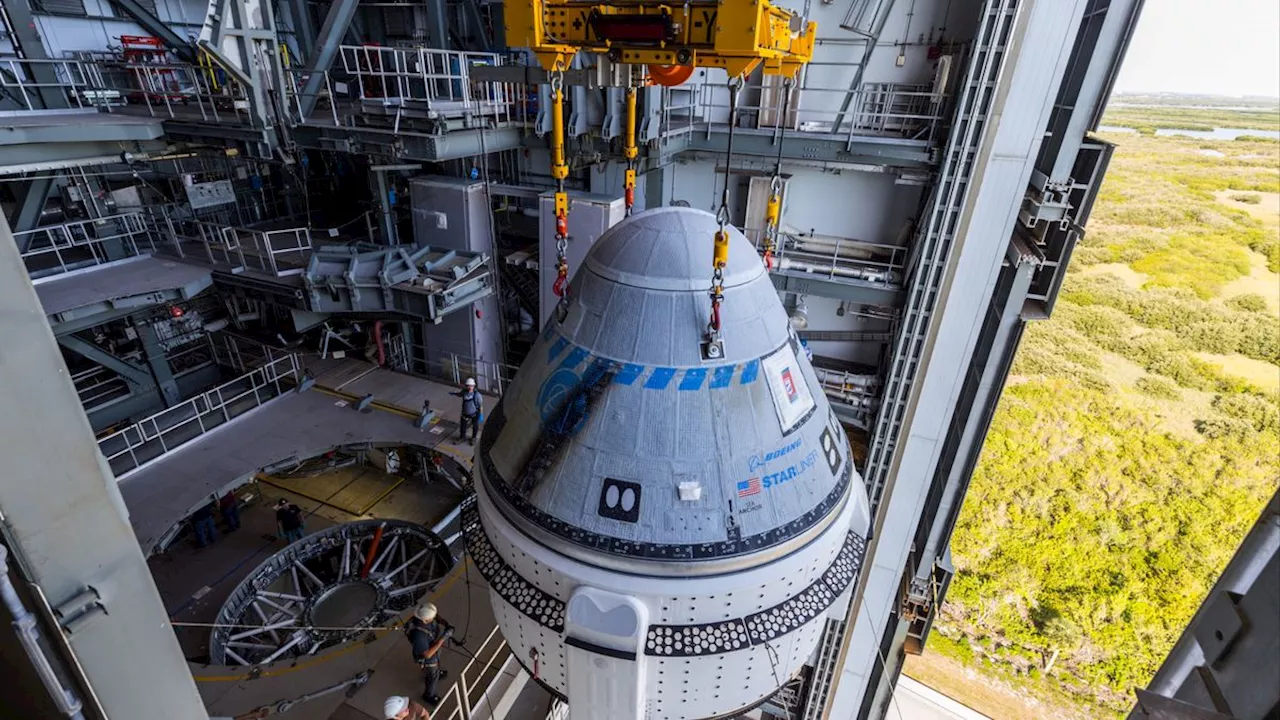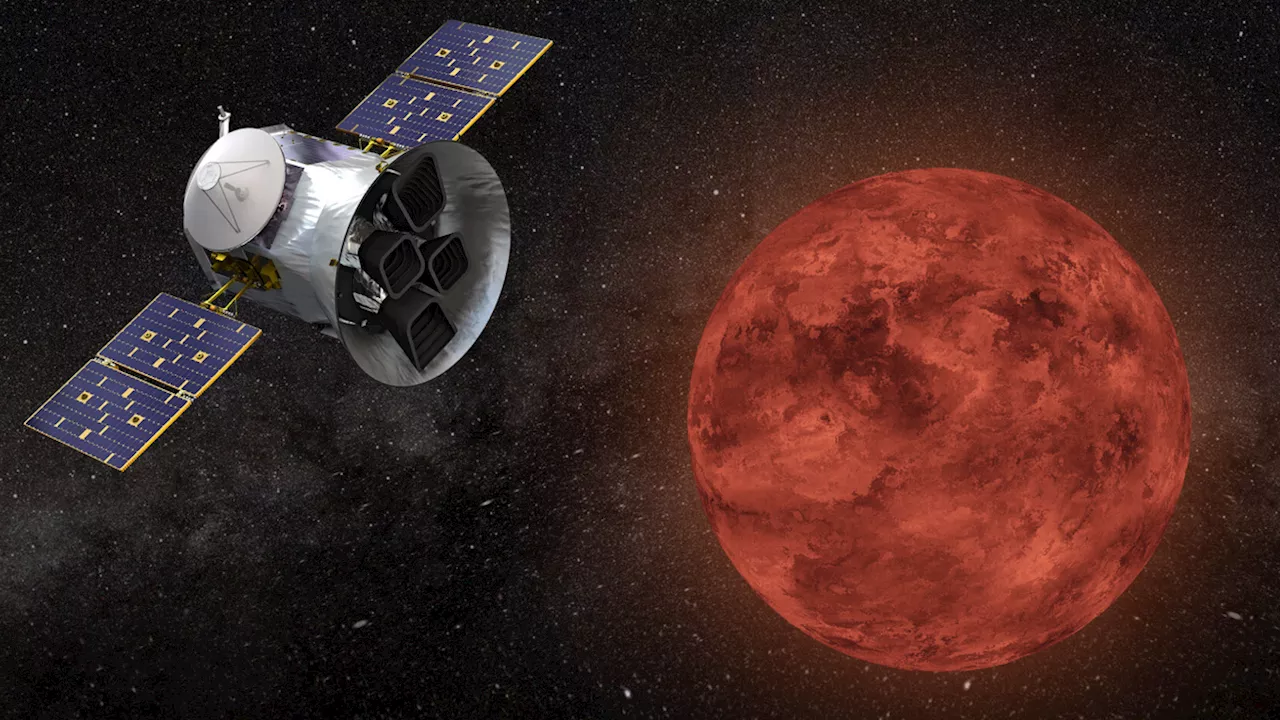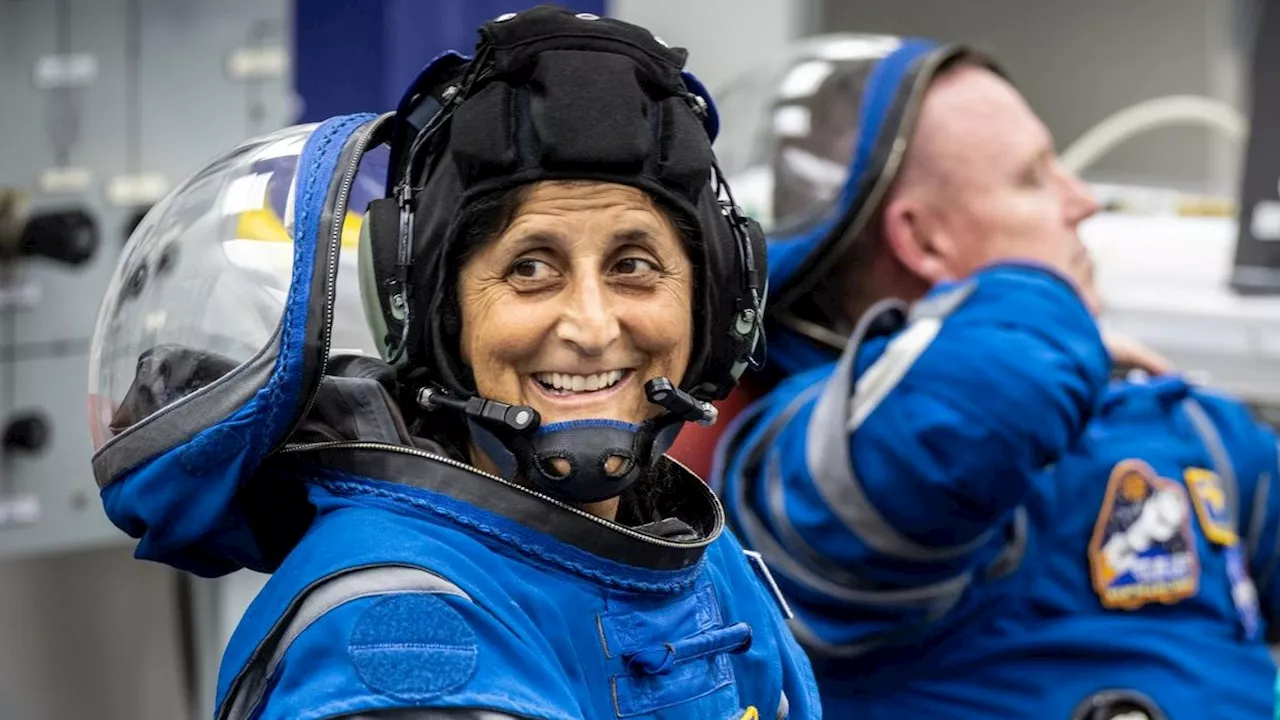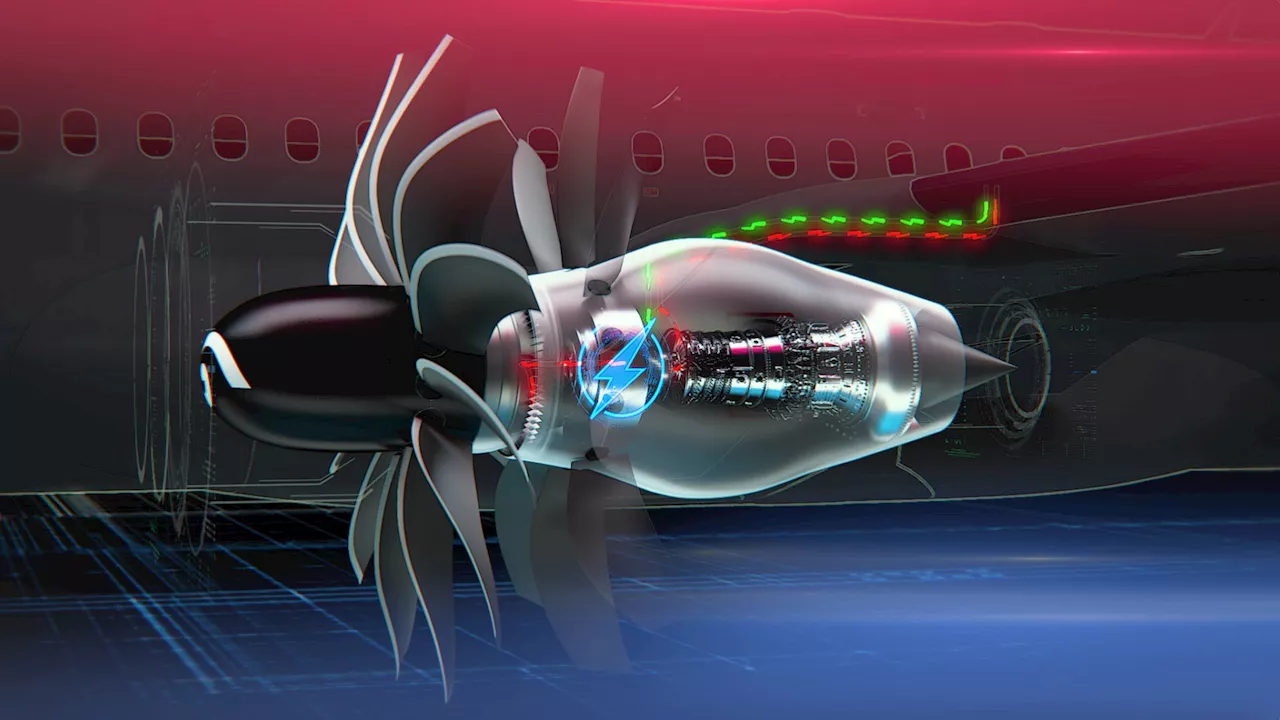The smallest jet engine core ever will enable future airliners to burn less fuel and reduce carbon emissions by 10 percent.
The smaller jet engine core will allow future airliners to burn less fuel and reduce carbon emissions by 10 percent.An artist's concept of a NASA-developed small-core jet engine installed in General Electric Aerospace ’s CFM RISE jet engine design.The US space agency is working with private sector partners to make the aviation industry more sustainable.
The aim of the HyTECH project is to demonstrate a compact core. Ultimately, it aims to have the technology ready for use in next-generation airliner engines in the 2030s. HyTEC is being developed as part of NASA’s “Phase 2 is very complex. It’s not just a core demonstration,” Nerone explained. “What we’re creating has never been done before, and it involves many different technologies coming together to form a new type of engine.”
United Kingdom Latest News, United Kingdom Headlines
Similar News:You can also read news stories similar to this one that we have collected from other news sources.
 US EV Sales Up 170% in 1st Quarter vs. 1st Quarter of 2021Clean Tech News & Views: EVs, Solar Energy, Batteries
US EV Sales Up 170% in 1st Quarter vs. 1st Quarter of 2021Clean Tech News & Views: EVs, Solar Energy, Batteries
Read more »
 1st responders given 1st shot at early cancer detection testingUH Seidman Cancer Center is giving first responders first shot at an early cancer detection test, Galleri, a blood draw that can detect more than 50 types of cancer before they show symptoms
1st responders given 1st shot at early cancer detection testingUH Seidman Cancer Center is giving first responders first shot at an early cancer detection test, Galleri, a blood draw that can detect more than 50 types of cancer before they show symptoms
Read more »
 NASA appoints 1st AI chief to keep agency on 'the cutting edge'Michael Wall is a Senior Space Writer with Space.com and joined the team in 2010. He primarily covers exoplanets, spaceflight and military space, but has been known to dabble in the space art beat. His book about the search for alien life, 'Out There,' was published on Nov. 13, 2018.
NASA appoints 1st AI chief to keep agency on 'the cutting edge'Michael Wall is a Senior Space Writer with Space.com and joined the team in 2010. He primarily covers exoplanets, spaceflight and military space, but has been known to dabble in the space art beat. His book about the search for alien life, 'Out There,' was published on Nov. 13, 2018.
Read more »
 What time is Boeing's 1st Starliner astronaut launch for NASA on May 6?Tariq is the Editor-in-Chief of Space.com and joined the team in 2001, first as an intern and staff writer, and later as an editor. He covers human spaceflight, exploration and space science, as well as skywatching and entertainment. He became Space.com's Managing Editor in 2009 and Editor-in-Chief in 2019. Before joining Space.
What time is Boeing's 1st Starliner astronaut launch for NASA on May 6?Tariq is the Editor-in-Chief of Space.com and joined the team in 2001, first as an intern and staff writer, and later as an editor. He covers human spaceflight, exploration and space science, as well as skywatching and entertainment. He became Space.com's Managing Editor in 2009 and Editor-in-Chief in 2019. Before joining Space.
Read more »
 NASA's TESS exoplanet hunter may have spotted its 1st rogue planetRobert Lea is a science journalist in the U.K. whose articles have been published in Physics World, New Scientist, Astronomy Magazine, All About Space, Newsweek and ZME Science. He also writes about science communication for Elsevier and the European Journal of Physics. Rob holds a bachelor of science degree in physics and astronomy from the U.K.
NASA's TESS exoplanet hunter may have spotted its 1st rogue planetRobert Lea is a science journalist in the U.K. whose articles have been published in Physics World, New Scientist, Astronomy Magazine, All About Space, Newsweek and ZME Science. He also writes about science communication for Elsevier and the European Journal of Physics. Rob holds a bachelor of science degree in physics and astronomy from the U.K.
Read more »
 'It almost feels unreal': NASA astronauts excited for 1st crewed Boeing Starliner launch May 6Elizabeth Howell (she/her), Ph.D., is a staff writer in the spaceflight channel since 2022 covering diversity, education and gaming as well. She was contributing writer for Space.com for 10 years before joining full-time.
'It almost feels unreal': NASA astronauts excited for 1st crewed Boeing Starliner launch May 6Elizabeth Howell (she/her), Ph.D., is a staff writer in the spaceflight channel since 2022 covering diversity, education and gaming as well. She was contributing writer for Space.com for 10 years before joining full-time.
Read more »
